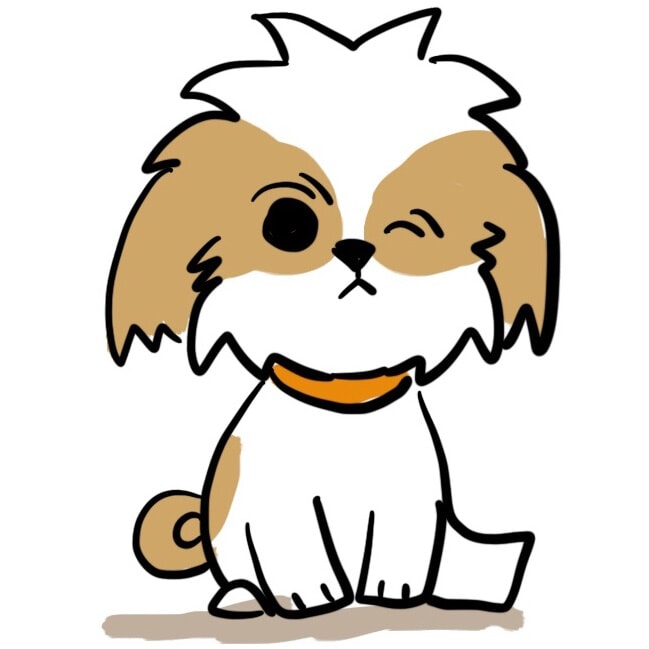Sorry, but that is no longer available.
Raw Materials Art Supplies closed on December 23, 2023, so there there is really not much to see here any longer. Read more.

Raw Materials Art Supplies closed on December 23, 2023, so there there is really not much to see here any longer. Read more.
